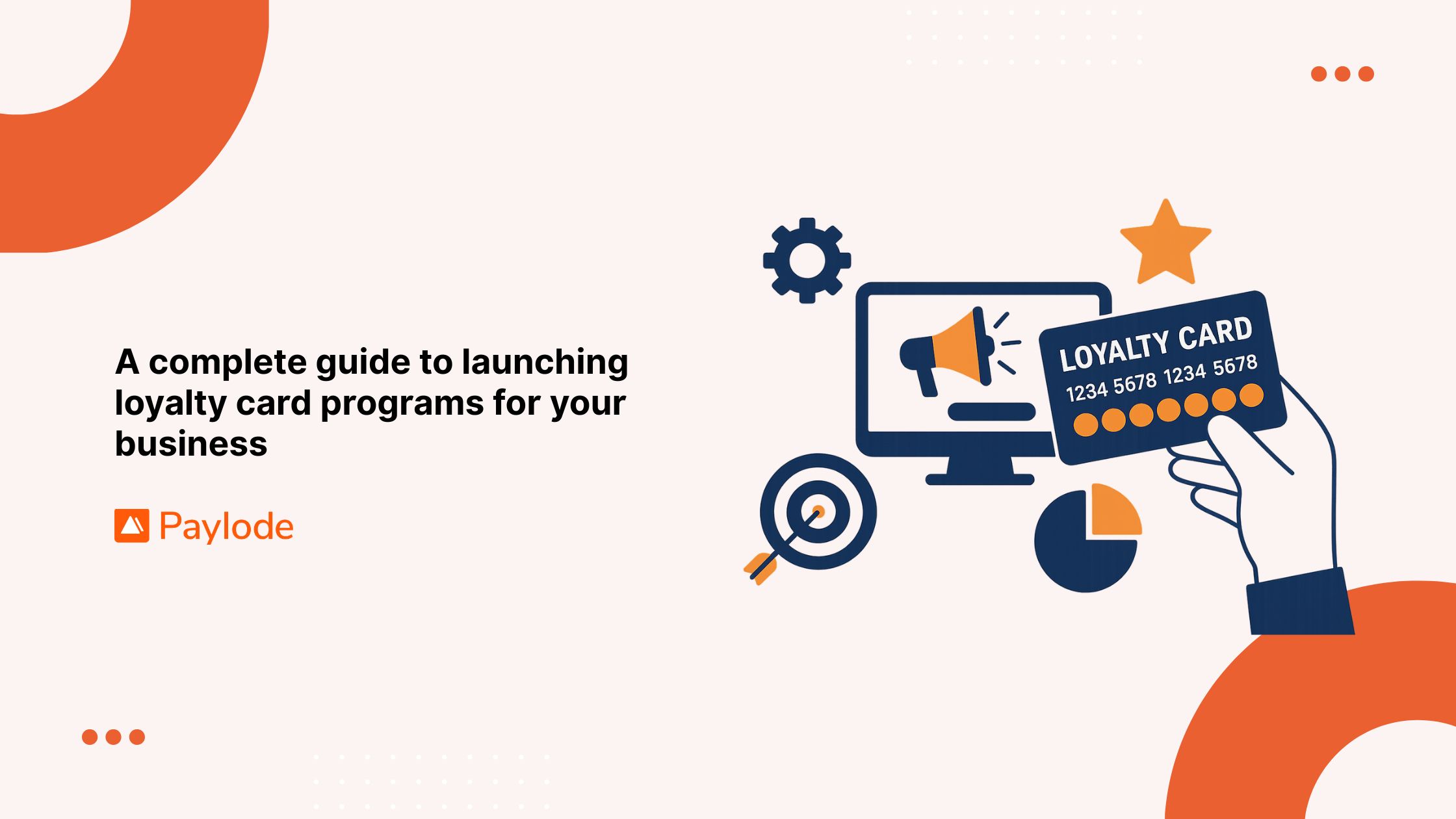Introduction
Member benefits programs are strategic initiatives designed to provide exclusive perks and services to individuals who join organizations, associations, or clubs. These programs aim to enhance member engagement, retention, and satisfaction by offering a variety of benefits that cater to the needs and interests of members. This article provides comprehensive insights into member benefits programs, including their definitions, importance, and key components that make these programs successful.
Key Takeaways
- Enhancing Engagement and Retention: Member benefits programs are crucial for increasing member engagement and retention.
- Variety of Benefits: Organizations can offer a wide range of benefits, including insurance options, discounts, educational resources, and community-building initiatives.
- Customization and Branding: Tailoring benefits programs to meet the specific needs of members can significantly enhance perceived value and loyalty.
What Are Member Benefits Programs?
Member benefits programs are structured sets of perks and services provided to individuals who join an organization. These benefits are designed to add value to the membership, making it more attractive and beneficial for members to stay engaged and loyal. Organizations across various sectors, including professional associations, clubs, and unions, implement these programs to foster a sense of community and provide tangible value to their members.
Importance of Member Benefits Programs
The primary goal of member benefits programs is to enhance member engagement and retention. By offering exclusive benefits, organizations can:
- Increase Member Satisfaction: Providing valuable resources and services ensures members feel appreciated and valued.
- Boost Retention Rates: Members are more likely to renew their memberships if they perceive ongoing benefits.
- Enhance Community Building: Benefits that facilitate networking and community engagement help create a sense of belonging among members.
Key Components of Successful Member Benefits Programs
1. Diverse Range of Benefits
A successful member benefits program offers a variety of perks that cater to the diverse needs of its members. Some of the most common types of benefits include:
- Insurance Options: Health, dental, vision, life, and disability insurance are popular choices.
- Discount Programs: Offering discounts on products and services can lead to substantial savings for members. For example, our client RentRedi does this.
- Educational Resources: Webinars, seminars, and online courses help members stay informed and develop new skills.
- Exclusive Online Communities: Creating spaces for members to connect and share experiences fosters a sense of community.
At Paylode, we power 50+ Perks Programs in the USA & Canada.
With over 1000 offers in the marketplace, you can curate an experience that matches your audience's preferences across categories like health & wellness, clothing and accessories, restaurants, and even local businesses in your area.
Make one for each of your geographic locations or one beautiful perk center for all your members. We negotiate the deals – the best ones we can get – on your behalf, so you can focus on promoting your program, not getting bogged down with partnership work.

2. Customization and Personalization
Tailoring benefits to meet the specific needs and preferences of members can significantly enhance the perceived value of the program. Organizations can achieve this by:
- Conducting Member Surveys: Regularly gathering feedback from members to understand their needs and preferences.
- Segmenting Members: Creating different benefit packages for various member segments based on demographics, interests, and usage patterns.
- Branding Benefits: Customizing and branding benefits under the organization's name to create a unique and cohesive member experience.
3. Effective Communication and Marketing
To maximize the impact of member benefits programs, organizations must effectively communicate the available benefits to their members. This can be done through:
- Regular Newsletters: Sending out newsletters that highlight new and existing benefits.
- Member Portals: Creating online portals where members can easily access information about their benefits.
- Social Media: Utilizing social media platforms to promote benefits and engage with members.
- Events and Webinars: Hosting events and webinars to showcase the value of the benefits program.
4. Continuous Evaluation and Improvement
To ensure the ongoing success of member benefits programs, organizations must continuously evaluate and improve their offerings. This involves:
- Tracking Usage and Engagement: Monitoring which benefits are most popular and how frequently they are used.
- Gathering Feedback: Regularly collecting feedback from members to identify areas for improvement.
- Adapting to Trends: Staying updated on industry trends and member preferences to introduce new and relevant benefits.
FAQs About Member Benefits Programs
What are member benefits programs?
Member benefits programs are exclusive perks and services offered to individuals who join organizations, aimed at enhancing engagement and satisfaction. These programs can include a wide range of benefits, such as insurance options, discounts, educational resources, and community-building initiatives.
What types of benefits can organizations offer?
Organizations can offer various benefits, including:
- Insurance Options: Health, dental, vision, life, and disability insurance.
- Discount Programs: Discounts on products and services.
- Educational Resources: Webinars, seminars, and online courses.
- Exclusive Online Communities: Platforms for members to connect and share experiences.
How can member benefits programs enhance retention?
By providing valuable resources and services, organizations can increase member satisfaction and loyalty, leading to higher retention rates. Members are more likely to renew their memberships if they perceive ongoing benefits that meet their needs and preferences.
How do organizations measure the effectiveness of their member benefits programs?
Organizations can measure the effectiveness of their member benefits programs by tracking usage and engagement metrics, gathering feedback from members, and analyzing retention rates. Regularly evaluating these metrics helps organizations identify areas for improvement and adapt their offerings to better meet member needs.
What are the costs associated with implementing and maintaining member benefits programs?
The costs of implementing and maintaining member benefits programs can vary widely depending on the types of benefits offered and the size of the membership base. Costs may include expenses related to purchasing or developing benefits, marketing and communication efforts, and administrative overhead. Organizations should carefully consider these costs and weigh them against the potential benefits of increased member engagement and retention.
How can organizations tailor benefits to meet the diverse needs of their members?
Organizations can tailor benefits to meet the diverse needs of their members by conducting regular surveys to gather feedback, segmenting members based on demographics and interests, and customizing benefit packages accordingly. By understanding and addressing the unique needs of different member segments, organizations can enhance the perceived value of their benefits programs.
By understanding the various aspects of member benefits programs, organizations can better serve their members and foster a sense of community and loyalty, ultimately enhancing engagement and retention.



